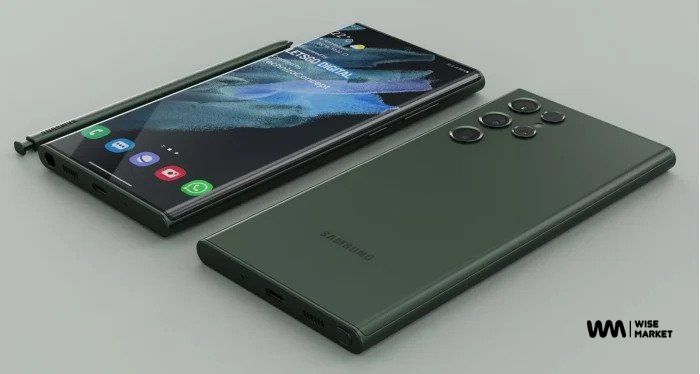Due to a fragile and easily broken flex cable, known as “flexgate,” some 2016 and later MacBook Pro models appear to have MacBook pro display issues with uneven illumination. Impacted machines may have a “stage light” effect-like uneven lighting at the bottom of the screen, and the display may finally stop working altogether.
What causes it?
The 2016 and subsequent MacBook Pro models use thin, flimsy display flex cables that are susceptible to breaking with frequent closing and opening of the MacBook Pro’s display, , which initially brought attention to the issue.
When the MacBook’s display is opened, the flex cables are pulled more tightly, causing them to become torn over time and develop difficulties. The flex cables are loosely wrapped around the display controller board.
According to the iPhone repair center, the backlight cable typically breaks first, causing problems with the illumination and eventually a display breakdown.
Which Models Are Affected?
Any 13 or 15-inch MacBook Pro model produced in 2016 or 2017 appears to be affected by the problem, though Touch Bar models seem to be more frequently affected. 2018 models may be affected as well, however, Apple did make improvements to these machines’ flex cables that could fix the issue.
In 2016, Apple unveiled a revised MacBook Pro that was the first to take advantage of the new flex cable. Older MacBook Pro models are unaffected because they make use of a stronger wire that is routed into the hinge rather than around it, reducing the strain of repeated display openings.
Later on, the new MacBook Air models might also be impacted. Despite using a different display cable architecture, the cables, according to iFixit, also wrap over the display board and may have the same failure. But it’s not yet apparent if that will occur.
How Long Does It Take for the Problem to Show Up?
When you initially purchase a MacBook Pro, the flex cable works flawlessly. But the durability of the MacBook Pro’s lid might deteriorate with time, which can result in display problems.
Machines with this problem typically do not show it for several months to years after purchase since the cable needs time to degrade. Affected MacBook Pro machines might no longer be covered by the one-year warranty because it takes time to manifest.
Has Apple got a Repair Plan?
A backlight repair program for 13-inch MacBook Pro models made in 2016 was introduced by Apple in May 2019.
Apple claims that a “very small percentage” of 13-inch MacBook Pro displays from 2016 may have completely broken backlights or vertical bright patches down the bottom of the screen.
Affected devices, which include those sold between October 2016 and February 2018, will receive free repairs from Apple. Below is a list of acceptable models:
1. MacBook Pro (13-inch, 2016, Four Thunderbolt 3 Ports)
2. MacBook Pro (13-inch, 2016, Two Thunderbolt 3 Ports)
Other MacBook Pro models are not currently covered by the repair program, even if they exhibit comparable problems.
What Should I Do If This Happens With My Macbook Pro?
Visit an Apple retail location, or an Apple Authorized Service Provider, or get in touch with Apple support in the first instance if your MacBook Pro has this display problem.
Unfortunately, many MacBook Pro machines that have this issue are more than a year old and no longer have the normal one-year guarantee. In addition to providing free repairs for 2016 13-inch MacBook Pro models with this issue, Apple will cover repairs for those with an extended AppleCare+ warranty.
Customers without AppleCare + or who don’t own a 2016 13-inch MacBook Pro might have to pay for repairs out of pocket. Although only a simple cable needs to be replaced. The MacBook Pro’s architecture means that because the flex cable is part of the display, the complete display assembly must be changed. Customers that are outside of the warranty term may have to pay up to $600 for this.
Conclusion
Although Apple has not made any public statements regarding the Flexgate problems with select 2018 MacBook Pro models, it appears the company may have discreetly installed a remedy in those models.
The cabling that causes the problem in older devices, as found by iFixit, looks to be around 2mm longer in 2018 MacBook Pro models. The longer length lessens the strain placed on the cable when the hinge opens and closes, which may stop the cable from deteriorating as a result of the hinge used.
The longer cable may not completely solve the problem, according to the iPhone repair center, so certain 2018 machines may still be affected even though they may be less likely to experience this problem in the future.
Customers who are no longer covered by the one-year warranty have reportedly received free or discounted repairs from Apple, while others have been required to pay full price. Repair results will be inconsistent in the absence of a uniform policy.



